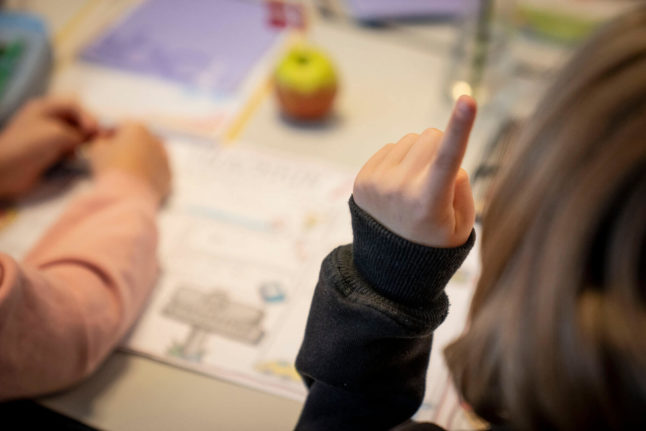Plans to redistribute Denmark’s primary school students to ensure a more “mixed” learning environment have been dropped, the Ministry of Children and Education told newspaper Berlingske.
“There are no plans for a state model to control student distribution [at primary schools] like at upper secondary schools [gymnasier],” the ministry said in a written statement.
The minister for schools and education, Pernille Rosenkrantz-Theil, previously suggested that a model for redistribution at primary schools could be presented, mirroring a model put in place for older students at upper secondary schools.
From the next school year, upper secondary school pupils may be assigned a different school based on their parents’ salaries.
READ MORE: Why Denmark has changed rules for upper secondary school allocation
This will not be the case at primary schools. However, municipalities will be asked to ensure school classes reflect the diversity in their local areas under a clause included in a June 2022 financial agreement between the government and the national municipalities’ organisation, KL.
“We have made an agreement with [municipalities] that they should strive to have a more balance mix of students. The tools individual municipalities use to achieve this should be up to them,” Rosenkrantz-Theil told Berlingske.



 Please whitelist us to continue reading.
Please whitelist us to continue reading.
Member comments